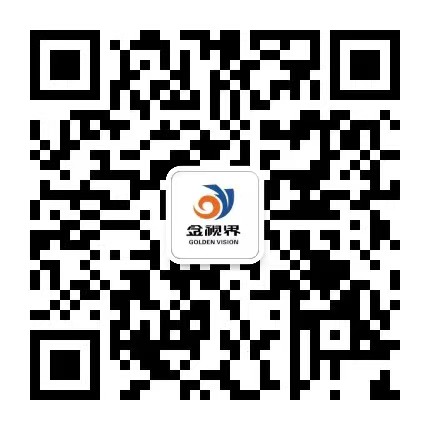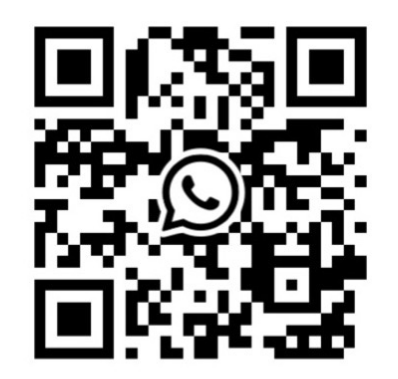Welcome to the Gvlcd blog, where we illuminate the world of LCD technology. As a leading TFT LCD manufacturer, we know that integrating a touch screen is a critical decision that defines the user experience of any device. Two technologies dominate the market: Capacitive and Resistive.
Choosing the right one is essential for performance, durability, and cost. This article will break down the differences between capacitive and resistive touchscreen TFT LCDs to help you make the perfect choice for your application.
How Does a Touch Screen Work with a TFT LCD?
A touch screen is a transparent panel placed over a TFT LCD display. It detects the presence and location of a touch within the display area. This signal is then sent to the controller and processed, allowing the user to interact directly with what is shown on the screen.
Resistive Touch Technology: The Durable Workhorse
A resistive touchscreen is a passive technology consisting of two flexible, transparent layers separated by a small air gap. The inside surfaces are coated with a resistive material (like ITO).
How it Works: When you press the screen, the two layers make contact at the precise point of touch. The controller detects this change in electrical current and calculates the (X,Y) coordinates.
Activation Method: Pressure from a finger, gloved hand, stylus, or any object.
Key Advantages:
Cost-Effective: Generally less expensive to manufacture.
High Durability: Resistant to surface contaminants like dust, water, and moisture.
Input Flexibility: Can be operated with any object—ideal for environments where users wear gloves.
High Accuracy: Well-suited for precise input with a stylus.
Considerations:
Lower Clarity: The multiple layers can reduce optical clarity and brightness by up to 25%.
Less Durable: The flexible top layer can be scratched or punctured by sharp objects.
No Multi-Touch: Standard resistive screens typically only register single-touch input.
Capacitive Touch Technology: The Modern Standard
A capacitive touchscreen is an active technology. It features a glass panel coated with a transparent conductive material (like ITO).
How it Works: It holds an electrostatic charge. When a conductive object (like a human finger) touches the screen, it draws a minute amount of current, creating a voltage drop. The controller measures this change from each corner of the screen to pinpoint the touch location.
Activation Method: Requires the electrical conductivity of a bare finger or a specialized capacitive stylus.
Key Advantages:
Superior Clarity: Offers excellent optical transparency and brightness (>90%), resulting in a sharper image.
Enhanced Durability: The glass surface is highly scratch-resistant and durable.
Multi-Touch Support: Native support for modern gestures like pinch-to-zoom, swipe, and rotate.
Excellent Touch Feel: Provides a very smooth, responsive user experience.
Considerations:
Higher Cost: More complex technology leads to a higher price point.
Glove Limitations: Cannot be operated with a standard glove or a non-conductive stylus.
Sensitivity to EMI: Can be susceptible to electromagnetic interference in harsh environments.
|
Feature |
Resistive Touch |
Capacitive Touch |
|
Touch Activation |
Pressure |
Electrical Conductivity |
|
Input Method |
Finger (gloved/bare), Stylus, Any object |
Bare finger, Capacitive stylus |
|
Multi-Touch |
No (Typically single-touch) |
Yes (Native support) |
|
Optical Clarity |
Lower (~75-80% light transmission) |
Higher (>90% light transmission) |
|
Durability |
Good (Scratch-prone surface) |
Excellent (Hard glass surface) |
|
Cost |
Lower |
Higher |
|
Resistance to |
Liquids, Dust, Contaminants |
Scratches, Wear |
|
Ideal For |
Industrial controls, Medical devices, POS systems, Rugged environments |
Smartphones, Tablets, Consumer electronics, Interactive kiosks |
How to Choose: Which One is Right for Your Project?
The best choice depends entirely on your application's specific needs and environment.
Choose a Resistive Touch TFT LCD if:
Your users will be wearing gloves (e.g., factory workers, medical staff).
You need to use a stylus for precise input (e.g., signature capture, industrial menu navigation).
The operating environment has high levels of dust, moisture, or other contaminants.
Your project has a strict budget constraint.
Multi-touch functionality is not a requirement.
Choose a Capacitive Touch TFT LCD if:
You are designing a consumer-facing product where a premium look and feel are critical.
Your interface requires multi-touch gestures (pinch, zoom, swipe).
Image clarity, brightness, and color vibrancy are top priorities.
The primary input will be from a bare finger.
You require a highly durable, scratch-resistant glass surface.
Conclusion: Partner with the Right Expert
Both resistive and capacitive technologies have their rightful place in the world of TFT LCD displays. Understanding their core differences is the first step to a successful product design.
At Goldenvision, we don't just supply displays; we provide solutions. Our technical experts can guide you through this selection process, helping you choose the perfect touch technology for your specific application, whether it's a rugged industrial HMI or a sleek consumer interface.
leave a message
Scan to wechat :

Scan to whatsapp :
